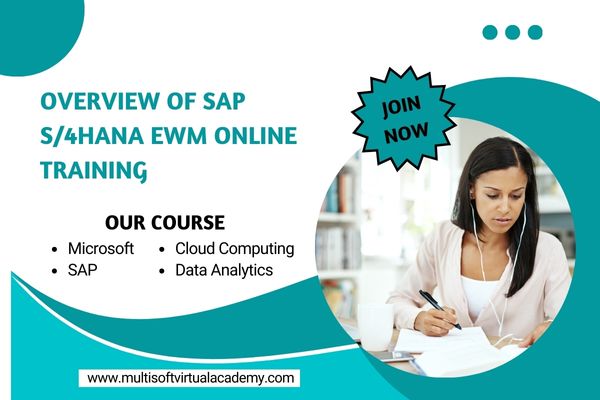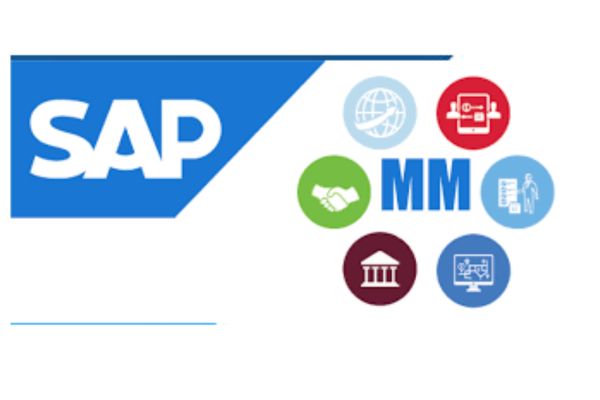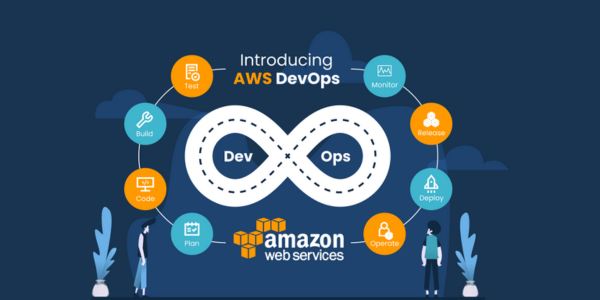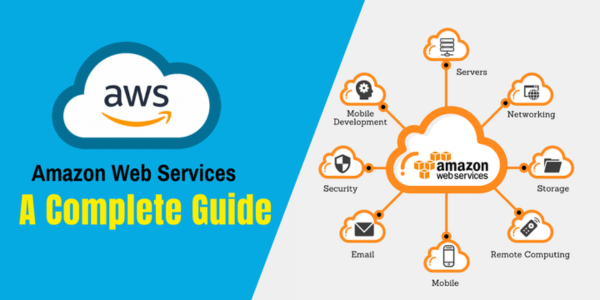Exploring the World of SAP Leonardo Machine Learning Training
Introduction
The advent of SAP Leonardo marks a new era in the business world, combining machine learning, Internet of Things (IoT), blockchain, analytics, and Big Data under a single umbrella. This blog post dives deep into SAP Leonardo Machine Learning Training, an essential tool for professionals seeking to harness the power of SAP’s innovative technology.

What is SAP Leonardo Machine Learning?
SAP Leonardo Machine Learning is part of the larger SAP Leonardo digital innovation system. It leverages artificial intelligence and machine learning algorithms to provide insights and automate tasks. The goal is to enable businesses to make smarter decisions, improve efficiency, and offer innovative services and products.
Multisoft Virtual Academy’s SAP Leonardo Machine Learning Training is an educational program designed to equip learners with knowledge and skills in SAP Leonardo Machine Learning. This course focuses on integrating artificial intelligence and machine learning with SAP's digital innovation system. Trainees learn about leveraging AI algorithms, automating tasks, and analyzing big data for smarter business decisions. Ideal for IT professionals and data scientists, it offers insights into building, managing, and deploying machine learning models within the SAP ecosystem. The training blends theory with practical applications, preparing participants for real-world challenges.
Why it is Important?
- Staying Ahead in the Competitive Market: As businesses evolve, staying updated with the latest technologies is crucial. SAP Leonardo Machine Learning training ensures that professionals are well-equipped to implement and utilize these advanced tools effectively.
- Enhancing Skill Sets: This training is not just about understanding the platform; it’s about mastering a skill set that is increasingly in demand across various industries.
- Innovation and Problem Solving: Training helps individuals think creatively about how to apply machine learning in business contexts, leading to innovative solutions and problem-solving approaches.
Key Components
- Fundamentals of Machine Learning: Understanding the basic concepts, algorithms, and how machine learning differs from traditional programming.
- SAP Leonardo Machine Learning Foundation: A deep dive into the SAP-specific platform, including how to access and utilize the pre-trained models and APIs.
- Data Preparation and Management: Learning how to prepare and manage data effectively for machine learning models.
- Building Custom Models: Instruction on how to build, train, and deploy custom models using SAP Leonardo Machine Learning tools.
- Integration with SAP Applications: Training on integrating machine learning models with other SAP applications and services.
- Real-World Applications and Case Studies: Analysis of real-world scenarios and case studies where SAP Leonardo Machine Learning has been implemented successfully.
Benefits of SAP Leonardo Machine Learning Training
- Enhanced Career Opportunities: With the growing demand for AI and machine learning skills, this training opens up numerous career opportunities.
- Practical Insights and Hands-On Experience: The training provides not only theoretical knowledge but also practical insights and hands-on experience with SAP Leonardo Machine Learning.
- Networking Opportunities: Participants can connect with peers and experts in the field, enhancing their professional network.
- Certification and Recognition: Completing the training often leads to certification, which can be a significant addition to one’s professional credentials.
Extending the Learning Experience
After completing the basic training, it's essential to continually engage with the SAP Leonardo Machine Learning community. Participation in forums, webinars, and workshops helps in keeping up-to-date with the latest developments and best practices. Advanced courses and certifications can also be pursued for further specialization.
Integrating SAP Leonardo with Business Processes
A critical aspect of the training involves learning how to integrate machine learning models into existing business processes. This includes:
- Automation of Routine Tasks: Identifying areas where machine learning can automate mundane tasks, thereby increasing efficiency and reducing errors.
- Enhanced Decision Making: Using predictive analytics to aid in making more informed business decisions.
- Innovative Customer Experiences: Creating personalized customer experiences using insights derived from machine learning models.
The SAP Leonardo certification also addresses various challenges, such as data privacy concerns, the complexity of integrating machine learning into legacy systems, and ensuring model accuracy. Solutions and best practices to navigate these challenges are a crucial part of the curriculum.
The Future of SAP Leonardo Machine Learning
The training should also provide a glimpse into the future of SAP Leonardo Machine Learning. This includes exploring upcoming trends, potential advancements in the technology, and how these changes might impact businesses. Including success stories and testimonials from past trainees or companies that have successfully implemented SAP Leonardo Machine Learning can be incredibly motivating. These stories provide tangible examples of how the training can lead to successful outcomes.
Finally, information about post-training support and resources should be provided. This includes access to online resources, community support, and ongoing learning opportunities. It's crucial for trainees to know that their learning journey doesn't end with the completion of the course.
Who Should Attend the Training?
The training is suitable for a wide range of professionals, including:
- IT professionals and system administrators working with SAP systems.
- Data scientists and analysts looking to expand their toolsets.
- Business consultants and strategists focusing on digital transformation.
- Developers interested in building intelligent applications.
Conclusion
SAP Leonardo Machine Learning Training is more than just a technical course; it's a gateway to becoming a part of the innovative world of AI and machine learning in business. It provides the tools and knowledge to innovate, improve decision-making, and stay competitive in an ever-evolving technological landscape for corporate training. Embracing this training is embracing the future of business technology. As technology continues to evolve, staying ahead with Multisoft Virtual Academy’s SAP Leonardo Machine Learning Training becomes not just an option, but a necessity for those aiming to lead in the digital transformation journey.














































 Join our Live Instructor-Led online classes delivered by industry experts
Join our Live Instructor-Led online classes delivered by industry experts